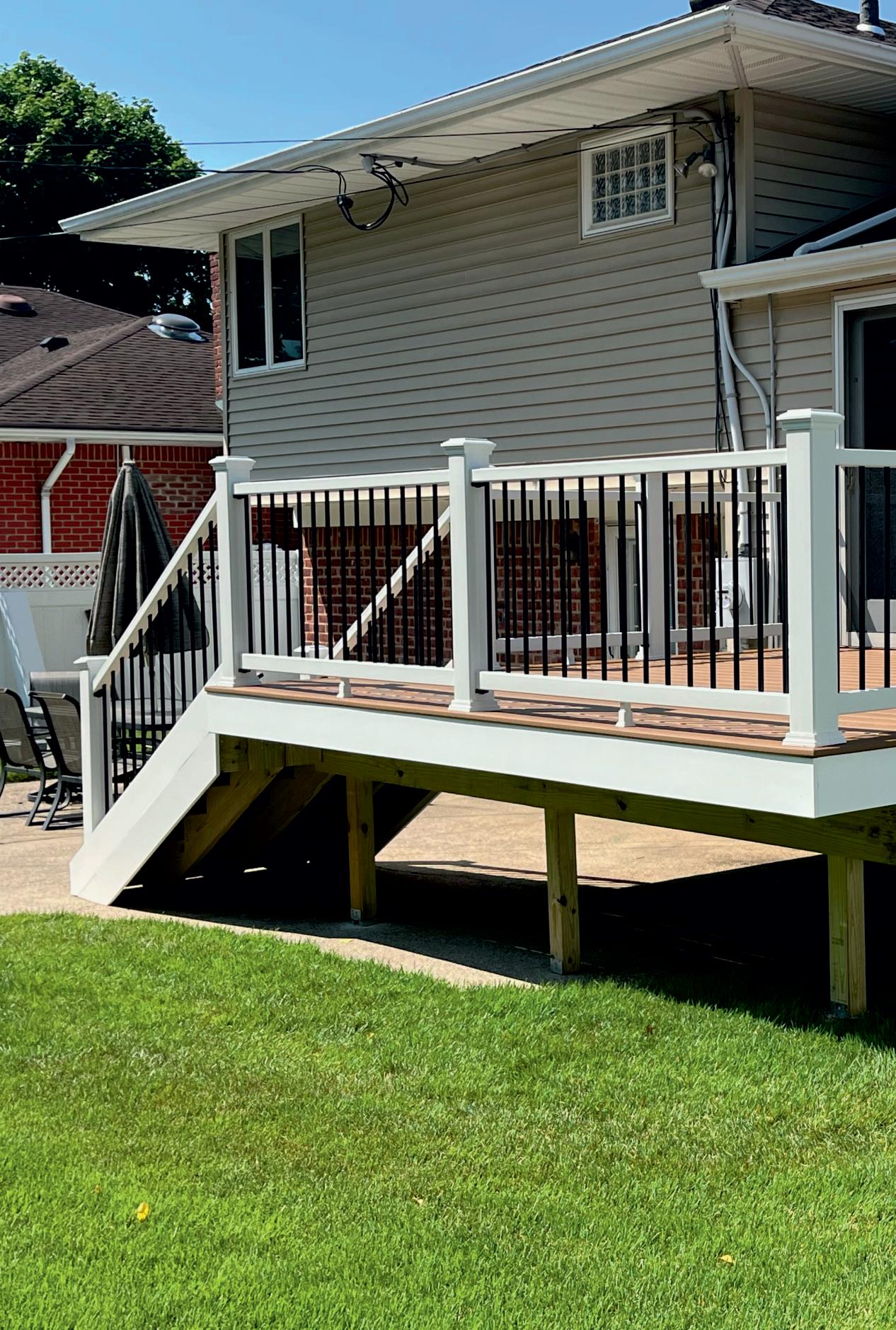
1 minute read
Baldwin resident believes fare hike is unfair
already experiencing headaches from the new scheduling that was implemented after Grand Central Station opened. Although she said she knew this price hike would happen sooner rather than later, she is still unhappy with the added burden.
“I would love to see more morning trains to Penn Station, as more people go back to work,” Nicole said when asked what would have to happen to even warrant a 4.3 percent boost in ticket prices. “They have to pay attention to their ridership.”
Nicole explained that the new fare prices wouldn’t be a big deal if she continued to commute two times a week, but now that she commutes twice that amount, it’s a major imposition. She said she believes that the new prices are unfair and “a bit much.”
While the agency customarily raises fares every two years, MTA officials held off on an anticipated round of fare increases in 2021 for fear it would prevent commuters from using mass transit at a time when winning them back was key. The MTA also had billions of dollars in federal relief from the coronavirus pandemic it could tap into.
Kathy hochul governor
Lirr customers are facing a 4.3 percent fare increase by the end of the month.
The situation came to a head earlier this year when the MTA said it faced a projected budget gap of $2.5 billion by 2025.
The agency has since managed to stave off financial disaster and avoid making drastic service cuts after Gov. Kathy Hochul and lawmakers promised to pump millions of dollars in added funding.
“We have to face the harsh reality of MTA’s fiscal cliff — a problem that was created by almost the complete cessation of ridership during the pandemic, except for emergency workers, first responders and health care workers,” Hochul said in her 2024 executive budget address.
Critics and observers, however, argue that the MTA’s budgetary problems reach back decades, swimming in fiscal troubles and structurally shabby budget practices resulting in expenses outpacing revenue.
The current fare bump is part of the roughly $1.3 billion bailout deal struck between the transit giant and Albany, according to Janno Lieber, MTA chair and chief executive.
On balance with the LIRR dropping fare prices by 10 percent last year, “the fares are still (comparatively) lower than they used to be, even though everything else in life has gone up,” Lieber said.

Additional reporting by Juan Lasso








